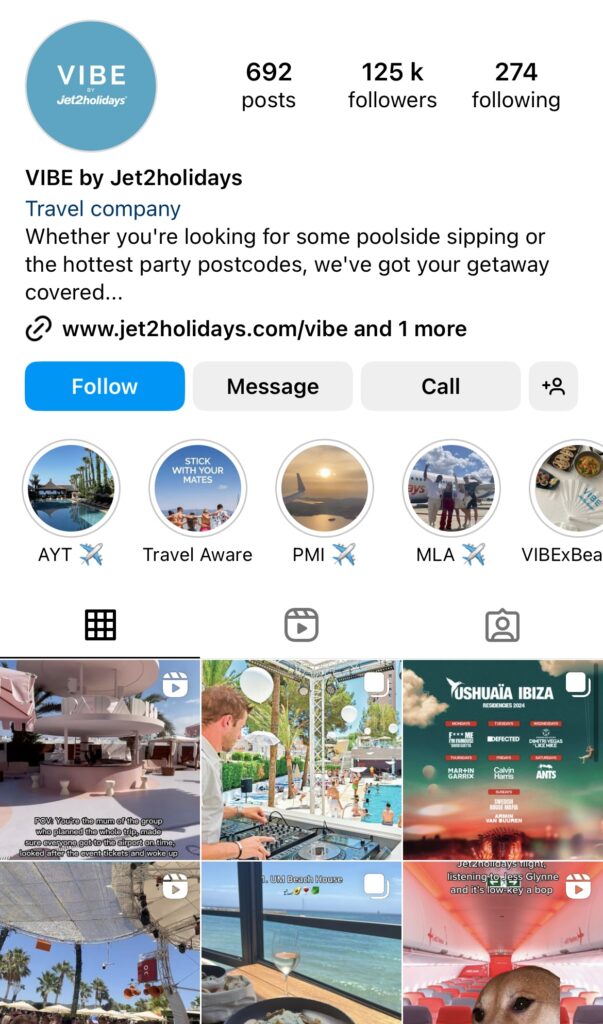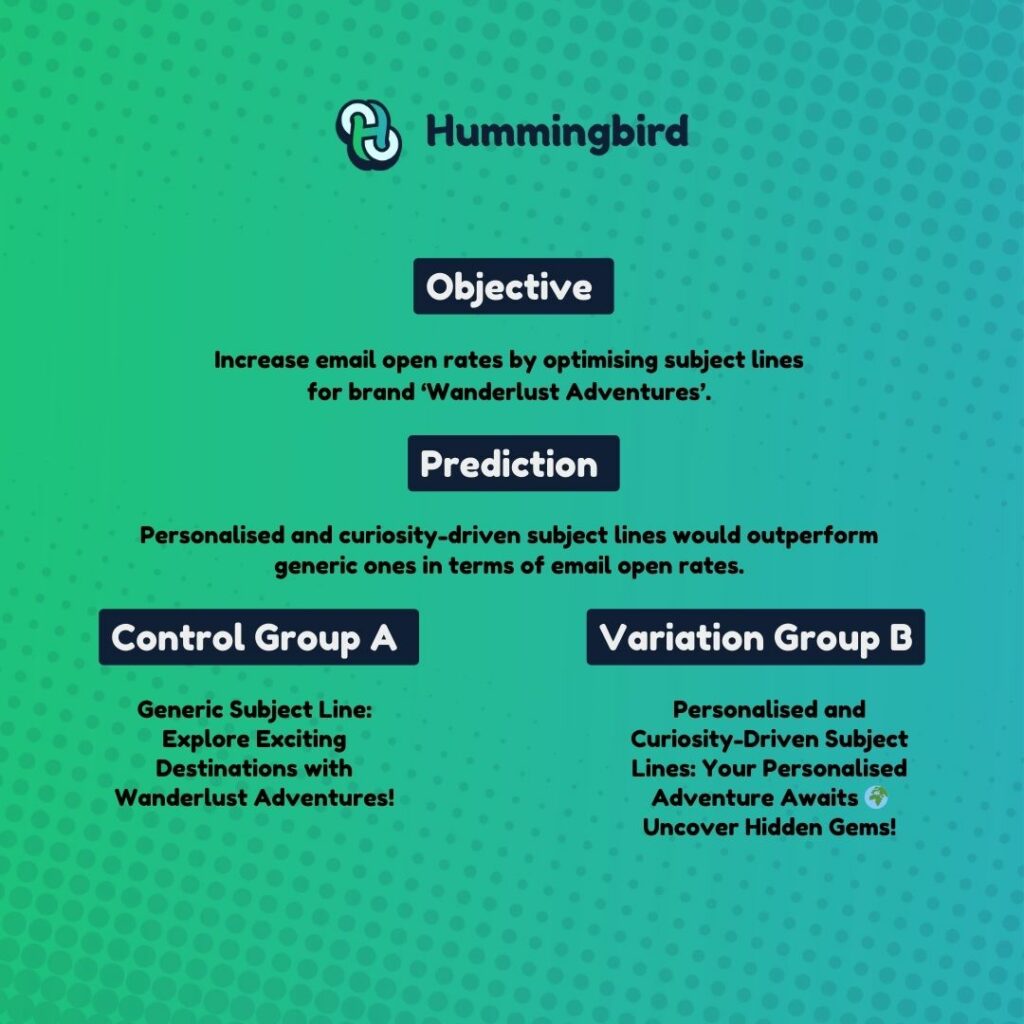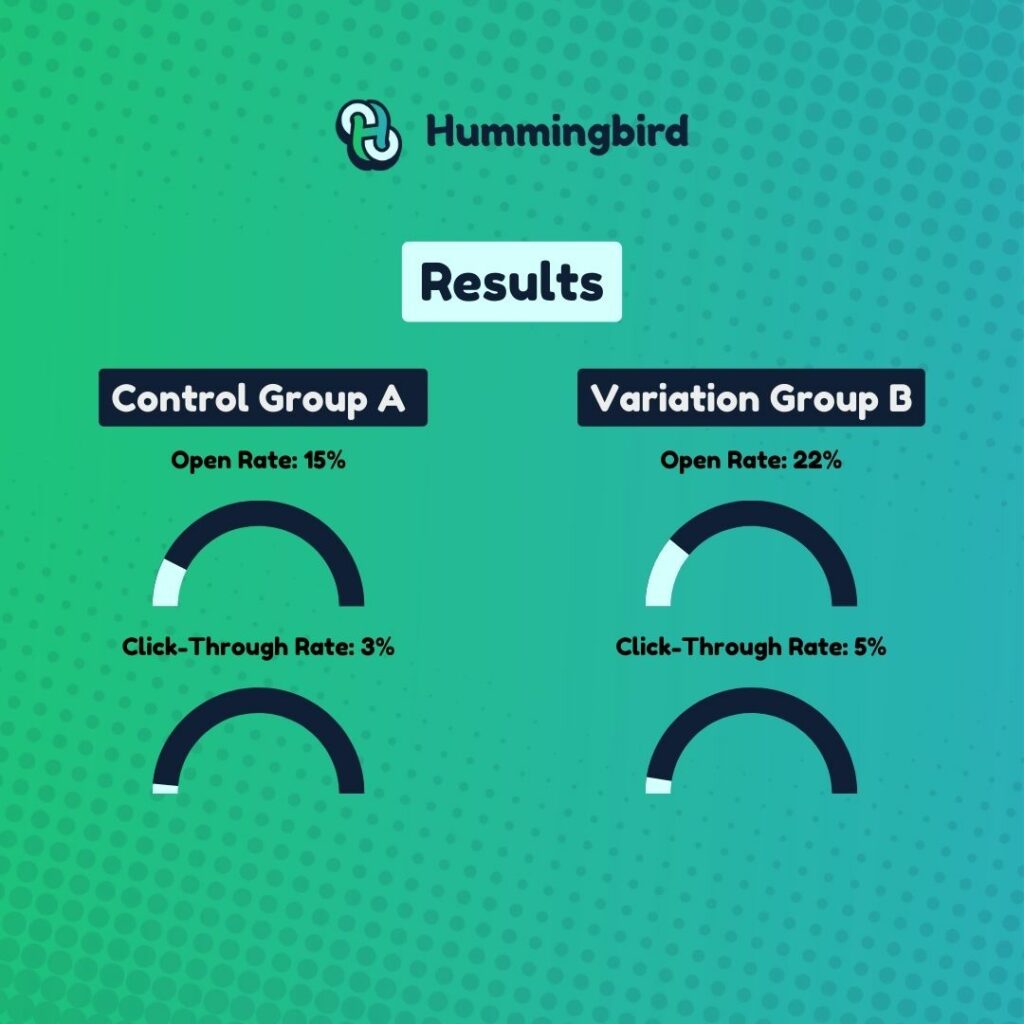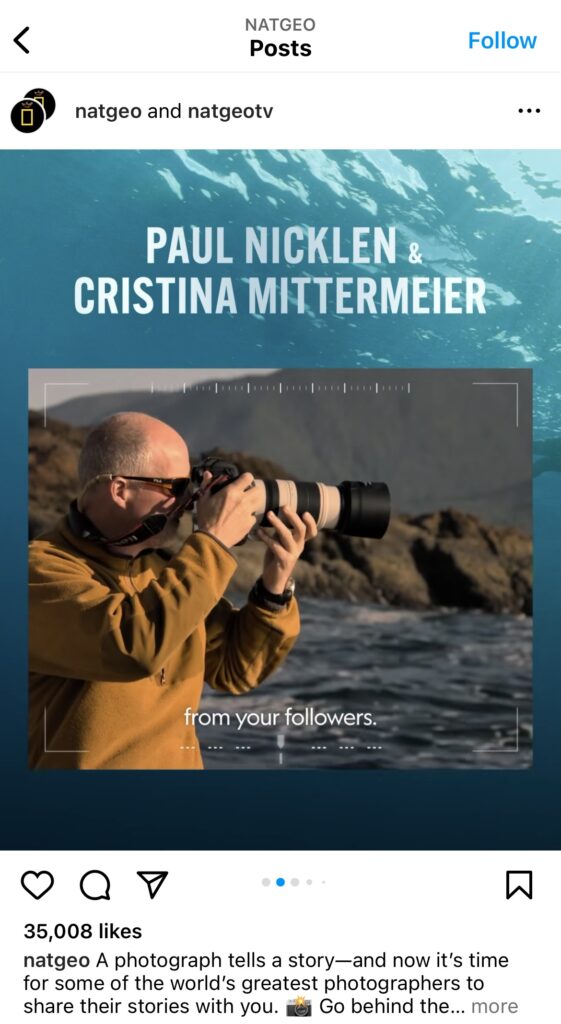Navigating the terrain of content marketing for travel brands is a journey many take, but not without the occasional campaign flopping and some mistakes along the way. Let’s be honest; this is just the nature of marketing. Sure, the vision is there —dream exotic destinations captured in glossy images, bucket-list adventures narrated in captivating words. But where do marketers and travel brands stumble? You’re here for the essential “do’s and don’ts” to survive and thrive. Do you want to discover the tried-and-true strategies? They’re right on the horizon. Your quest for top-notch content marketing strategies for travel brands ends here.
The Do’s of Content Marketing for Travel Brands
- Strategies to grasp audience preferences.
- The role of visuals in effective messaging.
- Utilising user-generated content to promote authenticity.
Effective Content Marketing Strategies for Travel Brands
Understanding your audience is the key to an effective content marketing strategy. Knowing what motivates them, their preferences, and how they interact with your brand can inform your content creation process. With this knowledge, you can create content that resonates, drives engagement and boosts conversions.
Travel companies have a unique advantage when it comes to visuals. Taking full advantage of this can differentiate your brand in a crowded market. High-quality images and videos bring destinations to life, enticing viewers and fueling their wanderlust. Finding a balance between professional shots and real-life photos will keep your content approachable and aspirational.
User-generated content (UGC) is today’s word-of-mouth advertising. Travellers value reviews, photos, and experiences shared by fellow travellers, making UGC a powerful tool for building trust and authenticity. Encouraging UGC allows brands to foster a community, increasing brand loyalty and deepening the relationship with their audience.

Importance of Storytelling in Travel Content Marketing
Creating and sharing compelling travel stories are pivotal to captivating and retaining your audience. Driven by emotion, these narratives can elevate your brand and forge deeper connections with your audience. An excellent travel story can transport readers, igniting their imaginations and urging them to explore further with your brand.
Storytelling makes your content more than just a sales pitch—it becomes a source of inspiration, intrigue, and valuable information. Consistently delivering such content can improve customer retention and engagement.
You can adopt strategies like:
- Compelling Narratives: Craft engaging stories that transport readers to the destination, using a narrative arc for anticipation and engagement.
- Visual Storytelling: Combine high-quality visuals with written content for a more immersive experience, showcasing the destination’s beauty and culture.
- User-generated Content: Feature authentic travel experiences from your audience, building a sense of community and credibility.
- Journey Emphasis: Focus on the entire travel experience, from planning to the journey.
- Local Voices: Integrate perspectives from locals or those deeply connected to the destination for authentic insights and cultural appreciation.
Successful brands master the art of storytelling. For instance, Airbnb leverages the power of personal stories from hosts and guests, creating a deeper connection and promoting a sense of community. Similarly, National Geographic uses storytelling with stunning visuals to engage its audience and encourage exploration.
Remember, there isn’t a one-size-fits-all solution for content marketing in the travel industry. Testing, analysing, and refining your strategies is crucial in determining what works best for your brand and audience. It’s about creating a journey your audience wants to embark upon, not just pushing bookings and tickets.
The Don’ts of Content Marketing for Travel Brands
- Understanding your audience is key to successful travel content marketing.
- SEO can’t be neglected in the world of travel content marketing.
- Effective content marketing is impossible without consistent measurement and analysis.
Common Mistakes in Travel Content Marketing
Content marketing within the travel industry can be complicated. Some brands stumble, making mistakes that could easily be avoided.
The pitfalls of not understanding your audience
As with any marketing effort, a deep understanding of your audience is critical. Without it, travel brands risk developing content that misses the mark. Poorly targeted content can lead to loss of engagement and potential customers. Different travel experiences appeal to various demographics. Catering your content to the wrong audience segment can spell disaster for your campaign.
The dangers of neglecting SEO
SEO may seem like a technical hassle, but it’s a critical factor in the visibility of your content. Search engines align users with the most relevant content based on their search queries. If your content isn’t properly optimised, it can easily be overlooked. Travel brands that neglect this crucial component of content marketing can find their valuable content buried beneath the competition.
SEO Best Practices
Keyword Research:
- Choose relevant keywords.
- Include long-tail keywords.
- Analyse competitors for insights.
On-Page SEO:
- Optimise title tags and meta descriptions.
- Use header tags for content structure.
Content Optimisation:
- Integrate keywords naturally.
- Prioritise high-quality, valuable content.
URL and Image Optimisation:
- Include keywords in URLs.
- Use descriptive alt text for images.
Mobile-Friendly Design:
- Ensure a responsive design for mobile users.
Regular Monitoring:
- Use analytics tools for insights.
- Stay updated on algorithm changes.
Implementing these practices enhances your website’s visibility, attracts organic traffic, and improves search engine rankings. Regular monitoring and adjustments based on analytics contribute to sustained SEO success.
The consequences of not measuring and analysing your content marketing efforts
Many brands overlook the need to analyse and measure the efficacy of their content marketing efforts. Without this, they miss crucial insights into what’s working and what’s not. The ability to quantify your success and identify areas that require improvement can drive the success of your future campaigns. Skipping this step could cause your content marketing to stagnate or, worse, regress.
Leveraging SEO in Travel Content Marketing
Travel content marketing is competitive, but SEO can give your content a leg-up.
The importance of keyword research in travel content marketing
Keywords are a foundational part of SEO—they’re the tools that make your content discoverable by potential customers. Keyword research allows you to understand what your audience is searching for and how to make your content the answer to their queries. Strategically incorporating the right keywords into your content can significantly improve its visibility. You can use keyword research tools like Ahrefs and Semrush.
How to optimise your travel content for search engines
Optimised content is more than just keyword stuffing. It involves strategic placement of these keywords, crafting meta-descriptions perfect for search engine snippets, and relevant linking. Without optimisation, even the most engaging content could remain unseen.
Making the Most of Your Content Marketing Efforts
- This section will dissect how to measure success in travel content marketing and explore future trends.
- You’ll learn the means to quantify your content marketing triumphs and stay ahead of the curve with emerging technologies.
Measuring Success in Travel Content Marketing
Are you familiar with Key Performance Indicators or KPIs for travel content marketing? KPIs, a set of quantifiable measures that businesses use to gauge their performance over time, are essential in weighing the success of your marketing strategy.
KPIs for marketing in the travel industry can vary based on specific goals and strategies.
Here are some standard KPIs that are often relevant for travel brands:
Booking Conversion Rate
- Definition: The percentage of website visitors who complete a booking.
- Importance: Indicates the effectiveness of your website and marketing efforts in converting potential customers into actual bookings.
Cost per Acquisition (CPA)
- Definition: The cost incurred to acquire a new customer through marketing efforts.
- Importance: Helps assess the efficiency of marketing campaigns in acquiring new customers within a set budget.
Return on Investment (ROI)
- Definition: The ratio of net profit to the cost of the marketing campaign.
- Importance: Measures the overall effectiveness and profitability of marketing initiatives.
Website Traffic and Click-Through Rate (CTR)
- Definition: The number of visitors to the website and the percentage of those who click on a specific link.
- Importance: Reflects the effectiveness of online marketing efforts and the appeal of your content or offers.
Customer Lifetime Value (CLV)
- Definition: The predicted revenue a customer is expected to generate throughout their relationship with the brand.
- Importance: Helps understand the long-term value of customers and guides marketing strategies accordingly.
Social Media Engagement
- Definition: Measures likes, shares, comments, and overall interaction on social media platforms.
- Importance: Indicates the brand’s social media presence and the level of engagement with the target audience.
Email Marketing Metrics
- a. Open Rate: The percentage of recipients who opened an email.
- b. Click-Through Rate (CTR): The percentage of email recipients who clicked on one or more links in an email.
- c. Conversion Rate: The percentage of email recipients who completed the desired action (e.g., booking) after clicking through from an email.
- Importance: Evaluates the effectiveness of email marketing campaigns in engaging and converting customers.
Brand Awareness and Recall
- a. brand mentions and sentiment on social media.
- b. Surveys and feedback on brand recognition.
- Importance: Measures the success of marketing efforts in building and maintaining brand awareness.
Mobile App Downloads and Usage
- a. number of downloads.
- b. User engagement within the app.
- Importance: Relevant for travel brands with mobile apps, indicating the success of app promotion and user retention.
These KPIs provide a comprehensive view of the performance of marketing efforts for travel brands. It’s essential to align these metrics with specific business goals and continuously analyse and adjust strategies based on the results.
Bringing your data to life is a critical aspect. Understanding how to use analytics to measure the success of your content marketing efforts can channel your investment right where it matters. Tool up with data interpretation skills and unlock the potential of your campaigns.
The Role of A/B Testing
A/B testing is an undeniable game-changer in content marketing strategies. It offers a method to compare different variants of your content to see which performs better, helping direct your strategies for better leads and conversions. Fine-tune your campaigns and use this approach to keep your content engaging and effective.
Here’s an example of a fictional travel brand called ‘Wanderlust Adventures’


Conclusion: The A/B test results show that the personalised and curiosity-driven subject line (Variation Group B) significantly outperformed the generic one (Control Group A). The higher open and click-through rates indicate subscribers are more engaged and interested in exploring the personalised adventures suggested in the emails.
The Future of Content Marketing for Travel Brands
The Growing Importance of Video and Interactive Content
Video and interactive content have witnessed a transformative rise in popularity. These formats lend an immersive experience, making content more engaging, shareable, and capable of enhancing your brand’s reach.
The Role of Artificial Intelligence and Machine Learning in Content Marketing
The advent of artificial intelligence (AI) and machine learning (ML) heralds a new era in content marketing. The predictive abilities and personalisation these technologies offer can revolutionise your user engagement tactics.
Virtual and Augmented Reality in Travel Content Marketing
Virtual and augmented reality can transport users to otherwise inaccessible locations, adding a new dimension to travel content marketing. These technologies carry enormous potential to create innovative and immersive marketing experiences.
Conclusion
Your Map to Effective Travel Content Marketing
Remember, it’s all about connecting to your potential travellers. Genuine, helpful, and captivating content shapes the traveller’s journey from dreaming to booking.
Ready to up your content marketing game? Reevaluate your strategies based on the insights here and customise your approach to the vibe of each unique traveller.
Ever wonder why some travel brands dominate the digital world? They’ve mastered the art and science of content marketing, which you, too, can achieve. It takes dedication, time, and a whole lot of experimenting. Will you take your first step towards honing your travel brand’s content marketing strategy? Take a look at our travel marketing services for more information on how we can help your travel brand thrive!





